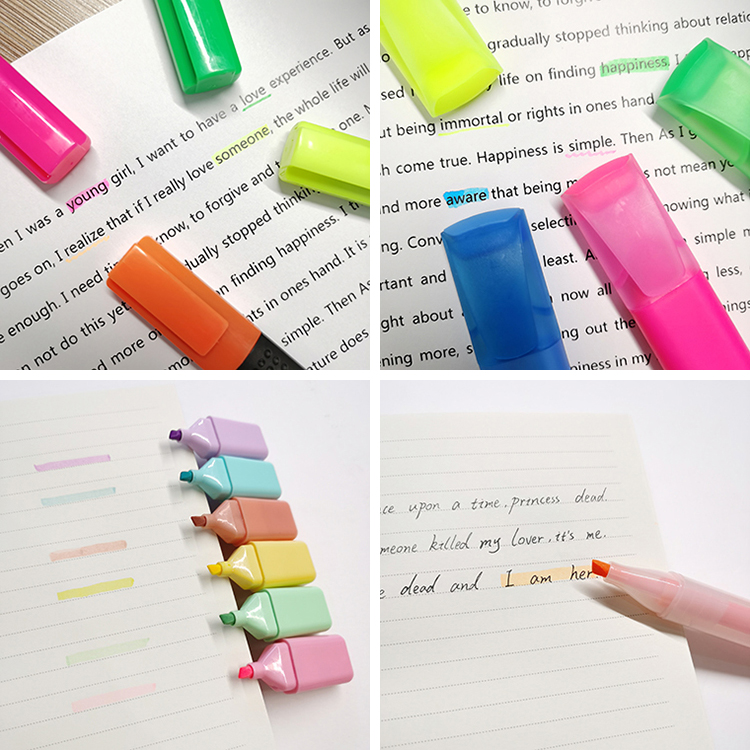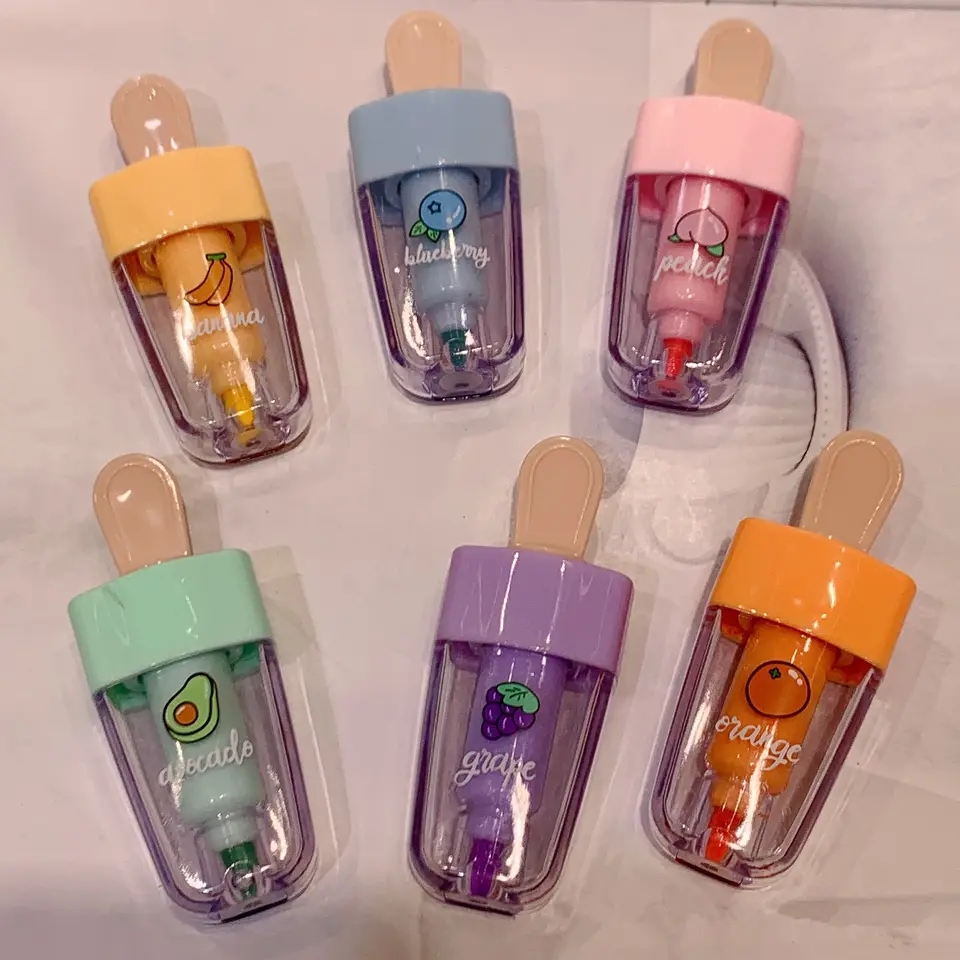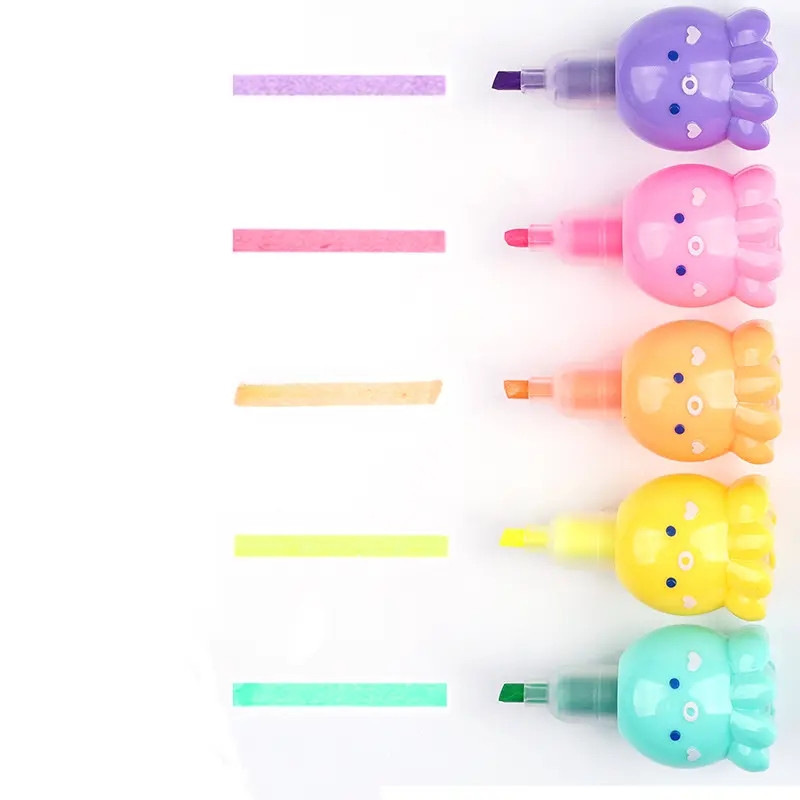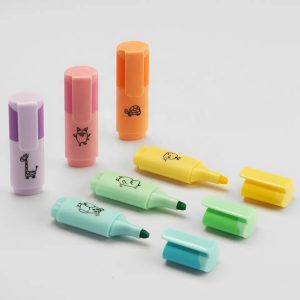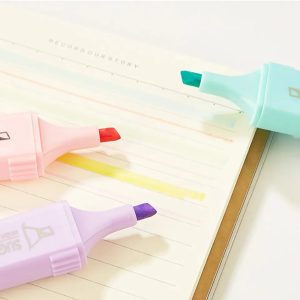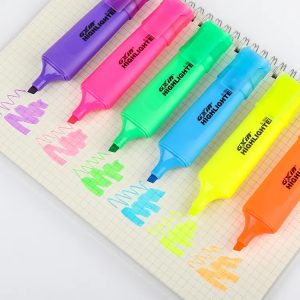“Highlighters Unveiled: The Ultimate Guide to Mastering Notetaking”
Chapter 1: The Highlighter Essentials
Highlighters, often taken for granted, are potent tools for emphasizing critical information within texts and documents. They consist of four core components:
Barrel: Usually made of plastic, it encases the highlighter’s ink reservoir.
Ink Reservoir: A sponge or felt-like material that retains the highlighter ink.
Tip: The writing end of the highlighter, influencing line thickness and highlighting style.
Cap: A removable cover that protects the tip and maintains ink freshness.
Chapter 2: The Diverse World of Highlighter Types
Highlighters come in various types, each serving distinct purposes:
Standard Highlighters: Vibrant and fluorescent, perfect for general highlighting and note-taking.
Pastel Highlighters: Offering a softer color palette, they provide a more subtle approach.
Gel Highlighters: Known for their smooth application, they reduce smudging and bleed-through on thin paper.
Dual-Tip Highlighters: Equipped with both chisel and fine tips, they offer versatility for different highlighting styles and precision needs.
Erasable Highlighters: Designed for temporary highlighting or editing, they allow you to remove highlighted text.
Chapter 3: The Art of Color Selection
Choosing the right highlighter color depends on your specific highlighting goals:
Yellow: Universally used for highlighting critical text.
Orange and Pink: Ideal for emphasizing crucial information or color-coding.
Green and Blue: Suitable for indicating additional notes or comments.
Chapter 4: Mastering Effective Highlighting Techniques
To make the most of your highlighters, consider these best practices:
Prioritize: Highlight only the most vital information to maintain clarity.
Consistency: Establish a systematic color-coding and highlighting method.
Moderation: Avoid excessive highlighting, as it can dilute the impact of your notes.
Review and Reflect: After highlighting, review your notes to deepen your understanding.
Chapter 5: Preserving the Lifespan of Your Highlighters
Extend the life of your highlighters with these maintenance tips:
Cap Securely: Always cap the highlighter to prevent ink from drying out.
Store Horizontally: Storing highlighters horizontally ensures even ink distribution.
Replace Worn Tips: If the tip becomes frayed or worn, consider replacing it for neater highlighting.
Chapter 6: Towards Sustainable Highlighting
Many highlighter manufacturers now offer eco-friendly options with refillable ink cartridges or biodegradable components. Embrace these sustainable choices to reduce your environmental footprint.
Conclusion:
Highlighters, often underestimated, are versatile tools that can significantly enhance your note-taking and studying processes when used effectively. By understanding their anatomy, selecting the right type and color, employing best practices, and considering environmental impacts, you can master notetaking. Whether you’re a student, researcher, or professional, the right highlighter can illuminate your path to success by emphasizing what truly matters in your academic and professional endeavors.
